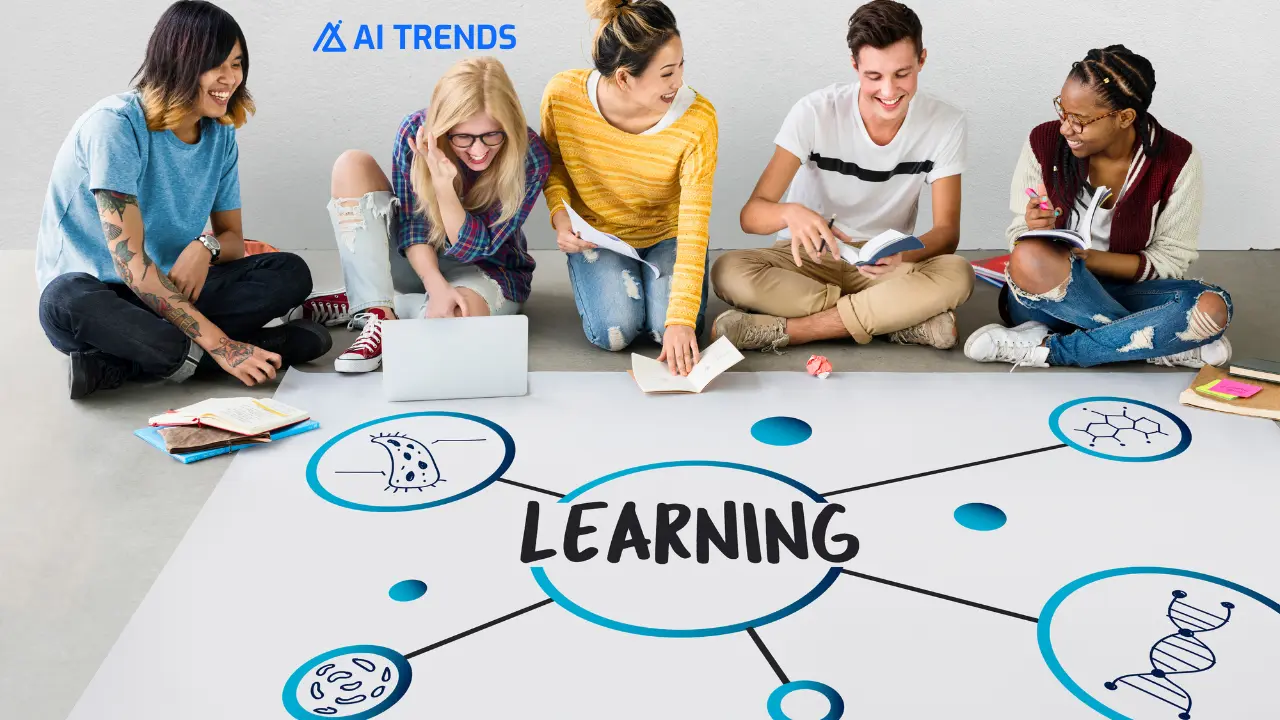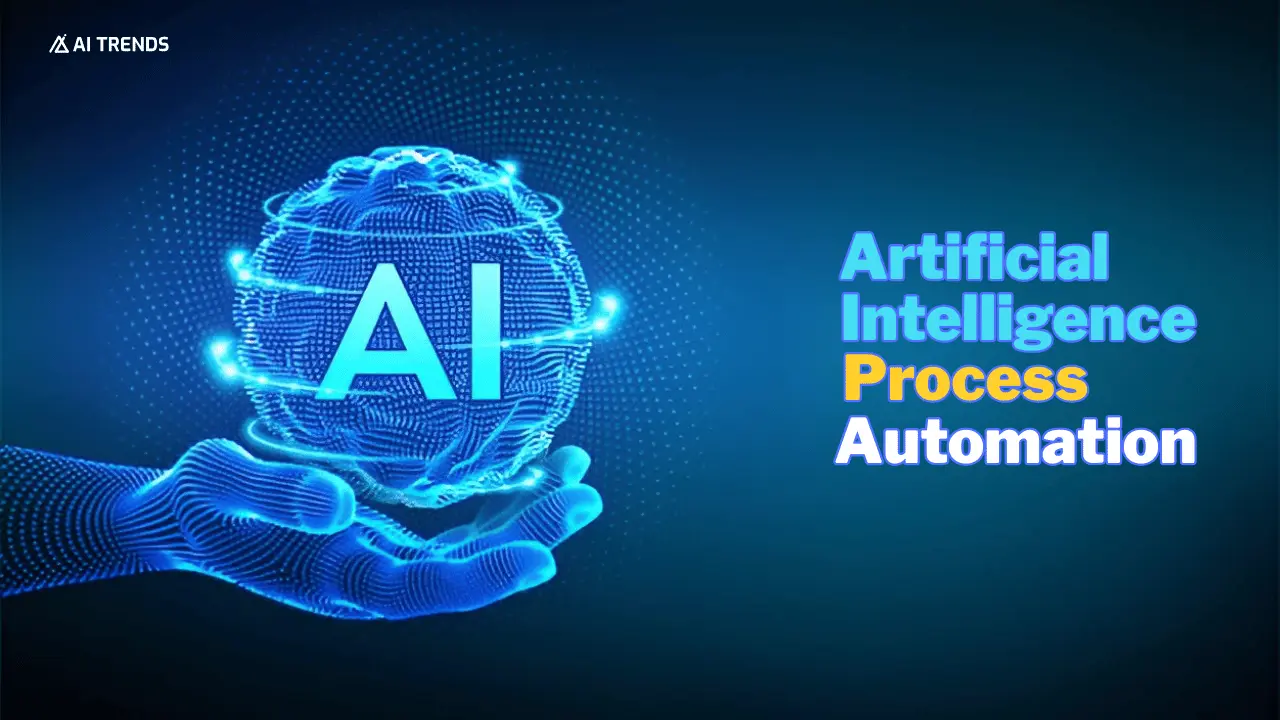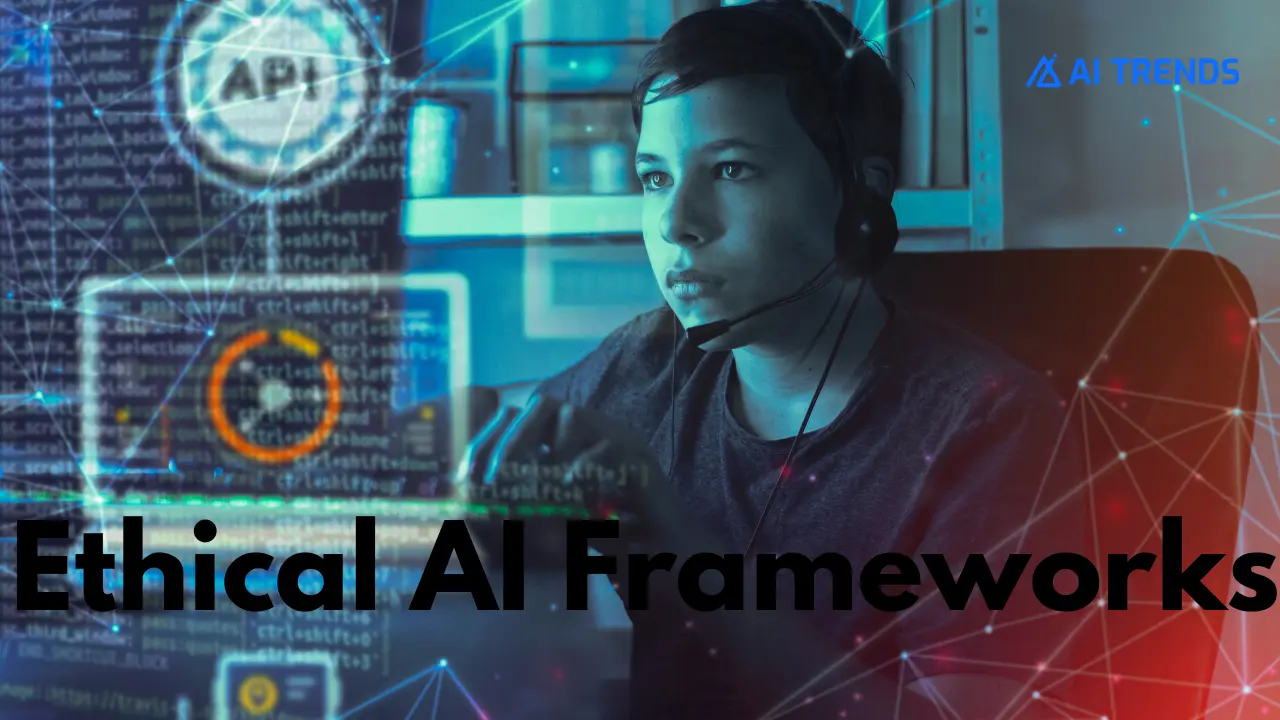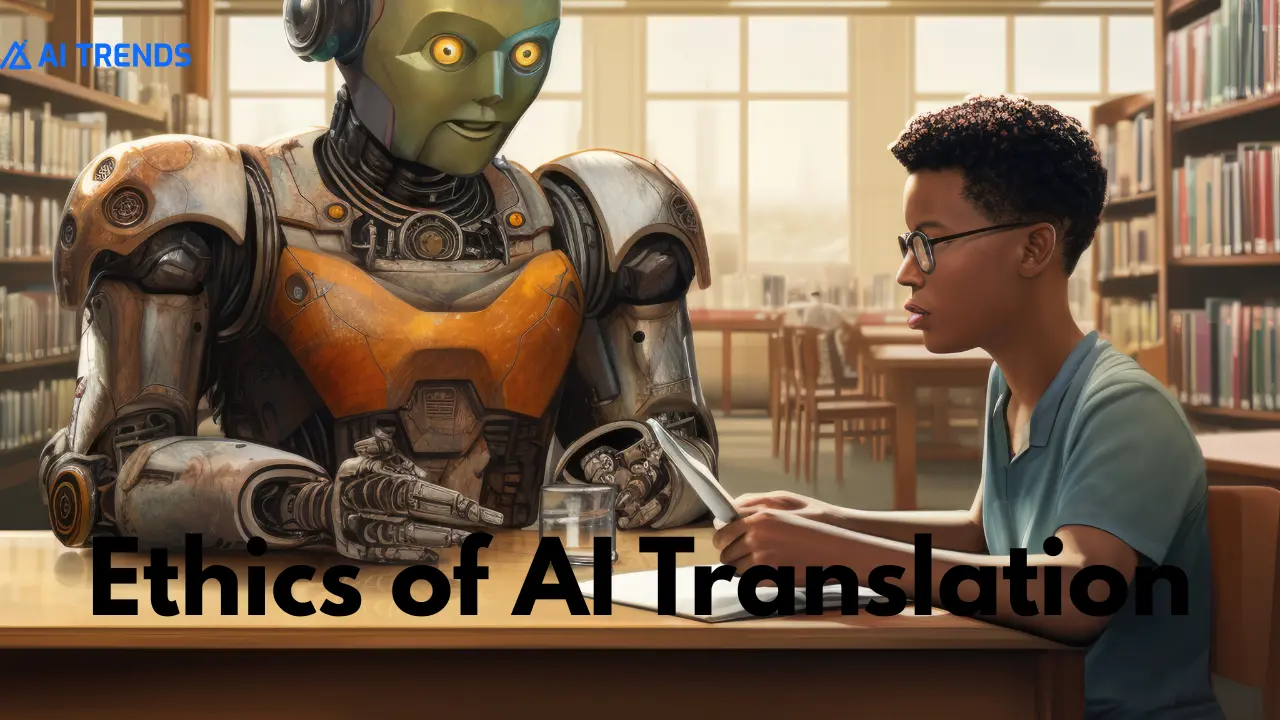Last month, I watched my marketing team transform a 3-hour content creation process into a 20-minute task using ChatGPT. What struck me wasn’t just the speed—it was watching artificial intelligence actually create something entirely new rather than simply analyzing existing data. This moment perfectly encapsulates the revolutionary shift from Traditional AI to Generative AI that’s reshaping how we work, create, and innovate.
The artificial intelligence landscape has experienced a seismic transformation in recent years. The global generative AI market size was valued at USD 43.87 billion in 2023 and is projected to grow from USD 67.18 billion in 2024 to USD 967.65 billion by 2032, exhibiting a CAGR of 39.6%, according to Fortune Business Insights. This explosive growth signals more than just market hype—it represents a fundamental evolution in how AI systems function and deliver value.
Understanding the distinction between Generative AI vs Traditional AI isn’t just academic curiosity; it’s essential for businesses, professionals, and technology enthusiasts who want to harness AI’s full potential. While Traditional AI excels at recognizing patterns and making predictions, Generative AI breaks new ground by creating original content, from text and images to code and music.
Table of Contents
What is Traditional AI? Core Concepts and Applications
Traditional AI, also known as conventional AI, represents the foundation of artificial intelligence that has powered technological advancement for decades. These systems excel at specific, well-defined tasks by following rule-based algorithms and statistical models to analyze data and make predictions.
Traditional AI operates on a straightforward principle: it processes input data, identifies patterns, and produces outputs based on predefined rules or learned associations. Think of it as an incredibly sophisticated pattern recognition system that can make decisions within its programmed parameters.
Key Characteristics of Traditional AI Systems
- Rule-based decision making: Systems follow explicit programming logic
- Pattern recognition: Identifies trends and anomalies in existing data
- Predictive analytics: Forecasts outcomes based on historical information
- Classification tasks: Categorizes data into predefined groups
- Optimization: Improves processes within defined parameters
Traditional AI Examples in Daily Life:
- Netflix recommendation algorithms analyzing your viewing history
- Email spam filters categorizing messages as legitimate or junk
- Fraud detection systems flagging suspicious credit card transactions
- GPS navigation apps calculating optimal routes
- Voice assistants like Alexa understanding basic commands
Dr. Sarah Chen, AI Research Director at Stanford’s Human-Centered AI Institute, explains: “Traditional AI systems are like highly skilled specialists—they excel at specific tasks within defined boundaries. They’re predictable, reliable, and perfect for applications where consistency and accuracy are paramount.”
Understanding Generative AI: The Creative Revolution
Generative AI represents a paradigm shift in artificial intelligence capabilities. The key difference between traditional and generative AI is that generative AI can create something new, as noted by the US Chamber of Commerce. Rather than simply analyzing existing data, these systems generate entirely original content that resembles human-created material.
Generative AI models learn from vast datasets to understand underlying patterns, styles, and structures. They then use this knowledge to produce new content that maintains the characteristics of their training data while being genuinely original.
How Generative AI Works
Generative AI systems use sophisticated neural networks, particularly transformer models and diffusion models, to understand and recreate complex patterns. These systems don’t just memorize data—they develop an understanding of relationships, context, and creative principles that allow them to generate novel outputs.
Core Generative AI Applications:
- Content creation (articles, marketing copy, creative writing)
- Image and video generation (DALL-E, Midjourney, Stable Diffusion)
- Code development and debugging assistance
- Music composition and audio generation
- Conversational AI and virtual assistants
The versatility of Generative AI extends far beyond simple automation. Top AI for Smarter Content tools are revolutionizing how businesses approach content marketing, while applications like Magical Wallpaper AI demonstrate the creative potential in visual design.
Generative AI vs Traditional AI: Fundamental Differences
The distinction between Generative AI vs Conventional AI extends far beyond their technical architectures. These differences impact how businesses can leverage each technology and the outcomes they can expect.
1. Purpose and Functionality
Traditional AI: Analyzes, categorizes, and predicts based on existing data patterns. It’s designed to solve specific problems within defined parameters.
Generative AI: Creates new content, solutions, and ideas by learning from patterns in training data. It’s designed to generate novel outputs that didn’t previously exist.
2. Data Processing Approach
Traditional AI: Works with structured data and follows logical decision trees. It requires clean, organized datasets and predefined categories.
Generative AI: Processes unstructured data from diverse sources, learning contextual relationships and creative principles from massive datasets.
3. Output Types
Traditional AI: Produces classifications, predictions, recommendations, or automated actions within predetermined frameworks.
Generative AI: Generates original text, images, code, music, videos, and other creative content that can vary significantly with each interaction.
According to MIT Technology Review, 71 percent of respondents say their organizations regularly use gen AI in at least one business function, up from 65 percent in early 2024, highlighting the rapid adoption of generative technologies across industries.
Benefits of Generative AI in Modern Applications
The advantages of Generative AI extend across numerous industries and use cases, offering unprecedented creative and productivity capabilities.
Creative Content Generation
Generative AI excels at producing high-quality content at scale. From marketing materials to technical documentation, these systems can generate human-like text that maintains consistency with brand voice and style guidelines.
Key Benefits:
- Speed and Efficiency: Generate content in minutes rather than hours
- Consistency: Maintain uniform tone and style across large content volumes
- Personalization: Create customized content for different audiences
- Cost Reduction: Reduce dependency on external content creators
- Ideation Support: Generate multiple creative concepts and variations
Code Development and Programming
Generative AI tools like GitHub Copilot and ChatGPT have transformed software development by assisting with code generation, debugging, and optimization. These tools can understand natural language descriptions and convert them into functional code across multiple programming languages.
Professional developers report 20-40% productivity improvements when using AI coding assistants, according to GitHub’s research. The technology excels at routine coding tasks, allowing developers to focus on complex problem-solving and architecture decisions.
Business Process Innovation
Companies are leveraging Generative AI to reimagine traditional business processes. From customer service chatbots that provide personalized responses to automated report generation systems, the technology enables new levels of efficiency and customer experience.
Michael Rodriguez, CTO at TechForward Solutions, states: “Generative AI has allowed us to automate complex customer communications while maintaining a personal touch. Our response quality improved while reducing processing time by 60%.”
Limitations of Traditional AI Systems
While Traditional AI remains valuable for specific applications, it faces inherent constraints that limit its adaptability and creative potential.
Rigidity in Problem-Solving
Traditional AI systems operate within fixed parameters and struggle to adapt to scenarios outside their training scope. This rigidity makes them less suitable for dynamic environments where creative solutions are required.
Primary Limitations:
- Limited adaptability: Cannot handle unexpected scenarios effectively
- Narrow scope: Excels only within predefined problem domains
- Data dependency: Requires large amounts of structured, labeled data
- Maintenance overhead: Needs continuous updates as conditions change
- Creative constraints: Cannot generate truly novel solutions or content
Scalability Challenges
Traditional AI systems often require significant customization for different applications. Each new use case may need separate model development, training, and deployment, creating resource-intensive scaling challenges.
These limitations become particularly evident when businesses need AI systems that can handle diverse, creative, or rapidly changing requirements where AI music video generator tools and similar generative applications excel.
Generative AI Use Cases Across Industries
The versatility of Generative AI has sparked innovation across virtually every industry sector, from healthcare and finance to entertainment and education.
Healthcare and Pharmaceuticals
Generative AI is revolutionizing drug discovery by generating molecular structures with desired properties. It has numerous applications across various industries and domains, including image generation, text generation, music composition, video synthesis, and drug discovery, as noted by AnalytixLabs research.
Healthcare Applications:
- Drug Discovery: Generate novel molecular compounds for pharmaceutical research
- Medical Imaging: Create synthetic medical images for training diagnostic AI
- Treatment Personalization: Generate customized treatment plans based on patient data
- Medical Documentation: Automate clinical note generation and patient summaries
Marketing and Content Creation
The marketing industry has embraced Generative AI for its ability to produce diverse, engaging content that resonates with target audiences while maintaining brand consistency.
Marketing Use Cases:
- Ad Copy Generation: Create multiple variations of advertising messages
- Social Media Content: Generate posts optimized for different platforms
- Email Campaigns: Personalize messages for individual customer segments
- Visual Assets: Produce custom images and graphics for campaigns
Financial Services
Financial institutions leverage Generative AI for risk assessment, fraud detection, and customer service enhancement. The technology can generate synthetic financial data for model training while maintaining privacy compliance.
According to Gartner research, financial services organizations using Generative AI report improved customer satisfaction scores and reduced operational costs through automated document generation and personalized financial advice systems.
Traditional AI Techniques Still Relevant Today
Despite the excitement around Generative AI, Traditional AI techniques remain crucial for many applications where reliability, predictability, and specific expertise are paramount.
Manufacturing and Quality Control
Traditional AI excels in manufacturing environments where consistent performance and precise quality control are essential. These systems can detect defects, optimize production processes, and maintain quality standards with exceptional reliability.
Manufacturing Applications:
- Quality Assurance: Identify product defects with high accuracy
- Predictive Maintenance: Forecast equipment failures before they occur
- Process Optimization: Fine-tune manufacturing parameters for efficiency
- Supply Chain Management: Optimize inventory and logistics operations
Financial Risk Management
Traditional AI systems provide the stability and auditability required for financial risk assessment and regulatory compliance. These applications demand transparent decision-making processes and consistent performance.
Cybersecurity Applications
Security applications benefit from Traditional AI’s ability to identify known threats and anomalies quickly. These systems can process network traffic, detect intrusions, and respond to security threats with minimal latency.
The cybersecurity industry continues to rely heavily on Traditional AI because security decisions require explainable, predictable responses rather than creative or variable outputs.
Future Trends: Traditional AI vs Modern AI Evolution
The future of artificial intelligence isn’t about choosing between Traditional AI and Generative AI—it’s about understanding how these technologies will evolve and complement each other.
Hybrid AI Systems
Emerging AI architectures combine the reliability of Traditional AI with the creativity of Generative AI. These hybrid systems leverage traditional algorithms for structured decision-making while using generative models for creative problem-solving and content creation.
Hybrid AI Advantages:
- Balanced Performance: Reliability where needed, creativity where beneficial
- Cost Optimization: Use appropriate technology for specific tasks
- Risk Management: Traditional AI provides fallback for critical decisions
- Enhanced Capabilities: Combine analytical precision with creative generation
Industry Transformation Predictions
BI estimates that generative AI is poised to expand its impact from less than 1% of total IT hardware, software services, ad spending, and gaming market spending to 10% by 2032, according to Bloomberg Intelligence research.
Expected Developments:
- Integration Growth: More businesses adopting hybrid AI approaches
- Specialized Applications: Industry-specific Generative AI solutions
- Regulatory Framework: Clearer guidelines for AI deployment and governance
- Ethical AI: Enhanced focus on responsible AI development and deployment
Skills and Workforce Impact
The evolution of AI technologies is reshaping workforce requirements. Professionals need to understand both Traditional AI capabilities and Generative AI applications to remain competitive in the evolving job market.
According to Stanford HAI research, organizations investing in AI literacy programs report better technology adoption rates and improved ROI from AI implementations.
Choosing Between Generative AI and Traditional AI
Selecting the right AI approach depends on specific business requirements, available resources, and desired outcomes. Understanding when to use each technology is crucial for successful AI implementation.
Decision Framework
Choose Traditional AI When:
- Predictable, consistent outputs are required
- Working with structured, well-defined problems
- Regulatory compliance demands explainable decisions
- High accuracy and reliability are paramount
- Budget constraints require cost-effective solutions
Choose Generative AI When:
- Creative content generation is needed
- Flexible, adaptive solutions are required
- Innovation and novel approaches are valued
- Content personalization at scale is important
- Time-to-market speed is critical
Implementation Considerations
Technical Requirements:
- Data Quality: Generative AI requires diverse, high-quality training data
- Computational Resources: Generative models need significant processing power
- Integration Complexity: Consider existing system compatibility
- Maintenance Needs: Evaluate ongoing model management requirements
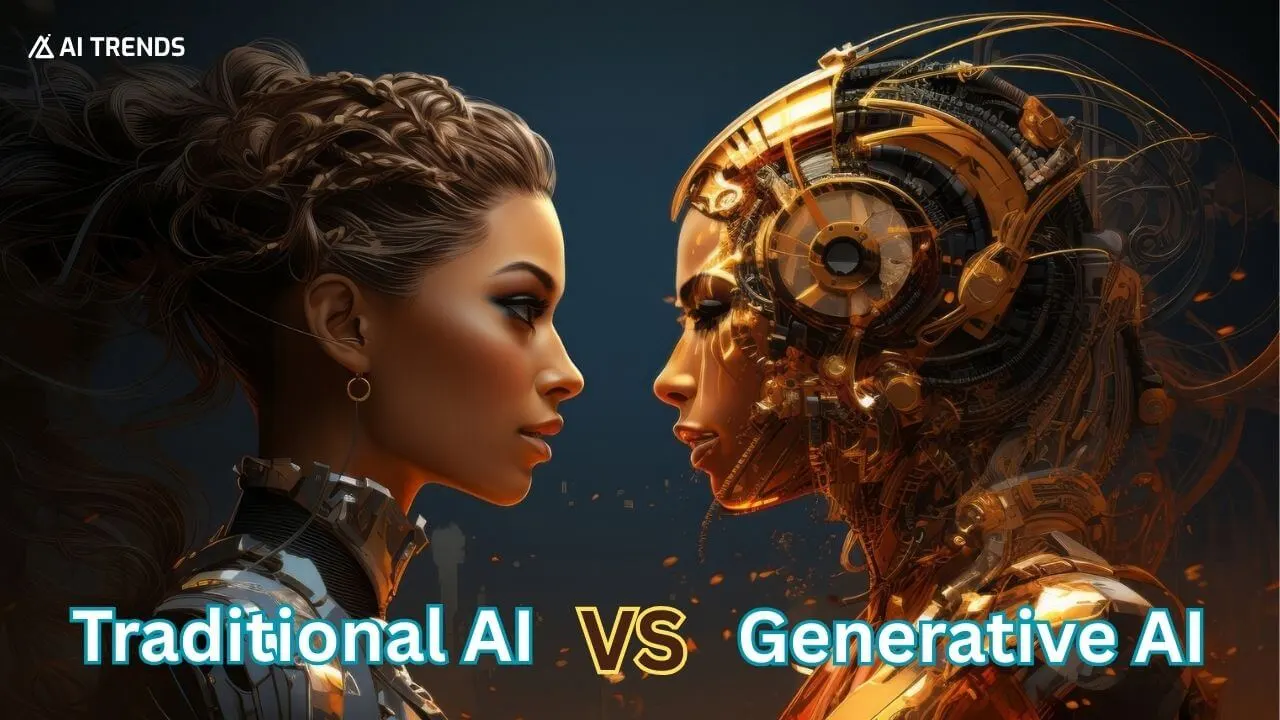
Cost Analysis:
Organizations should evaluate both immediate implementation costs and long-term operational expenses. While Generative AI may require higher upfront investment, it can provide significant ROI through automation and content creation capabilities.
Frequently Asked Questions
What is the main difference between Generative AI and Traditional AI?
The primary distinction lies in their core functionality: Traditional AI analyzes and categorizes existing data to make predictions or recommendations, while Generative AI creates entirely new content, images, text, or solutions based on learned patterns from training data.
Can Traditional AI techniques work alongside Generative AI?
Absolutely. Many successful AI implementations use hybrid approaches that combine Traditional AI’s reliability for structured tasks with Generative AI’s creativity for content generation and innovative problem-solving.
Which is more cost-effective: Generative AI applications or Traditional AI models?
Cost-effectiveness depends on your specific use case. Traditional AI typically has lower computational requirements and implementation costs, while Generative AI can provide higher ROI for content creation and automation tasks despite higher upfront investments.
What are the limitations of Generative AI compared to Traditional AI?
Generative AI can produce inconsistent outputs, may generate incorrect information (hallucinations), and requires significant computational resources. Traditional AI offers more predictable, reliable results but lacks creative capabilities and adaptability.
How do I decide which AI approach is right for my business?
Consider your primary objectives: if you need predictable analysis, classification, or optimization, Traditional AI is ideal. If you require creative content, personalized experiences, or innovative solutions, Generative AI is more suitable. Many businesses benefit from using both technologies strategically.
Conclusion: Embracing the AI Evolution
The debate between Generative AI vs Traditional AI isn’t about choosing a winner—it’s about understanding how each technology serves different purposes in our increasingly AI-driven world. Traditional AI continues to excel in applications requiring precision, predictability, and reliability, while Generative AI opens unprecedented possibilities for creativity, innovation, and content generation.
As we move forward, successful organizations will be those that strategically combine both approaches, leveraging Traditional AI’s analytical strength alongside Generative AI’s creative capabilities. The future belongs to businesses that understand not just what AI can do today, but how these evolving technologies can transform their operations tomorrow.
Whether you’re exploring content automation, enhancing customer experiences, or optimizing business processes, the key is matching the right AI technology to your specific needs and objectives. Start small, experiment with both approaches, and build your AI strategy based on measurable results and clear business value.
Soruces:
https://www.technologyreview.com
https://github.blog/
https://hai.stanford.edu/news/bringing-ai-literacy-high-schools
https://www.gartner.com/





